We have experience hosting a range of audiences, from college classes to birthday parties to company outings, and we customize our tours to meet your group’s interests and needs.
Book a private tour today
Public markets are one of the foundational institutions of urban life. The Project for Public Spaces defines public markets as indoor or outdoor markets that “operate in public space, serve locally …
Read more
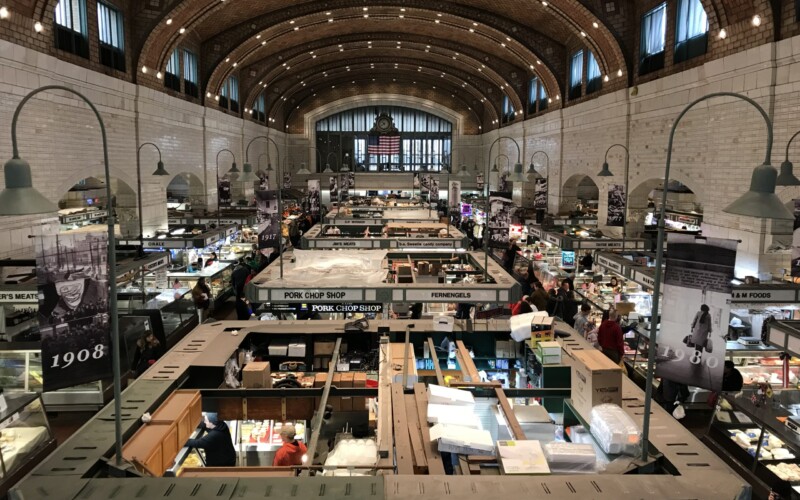
As we approach New York City’s primary elections on June 22, housing, as always, is a key issue on the ballot. So we are looking back at the history of …
Read more
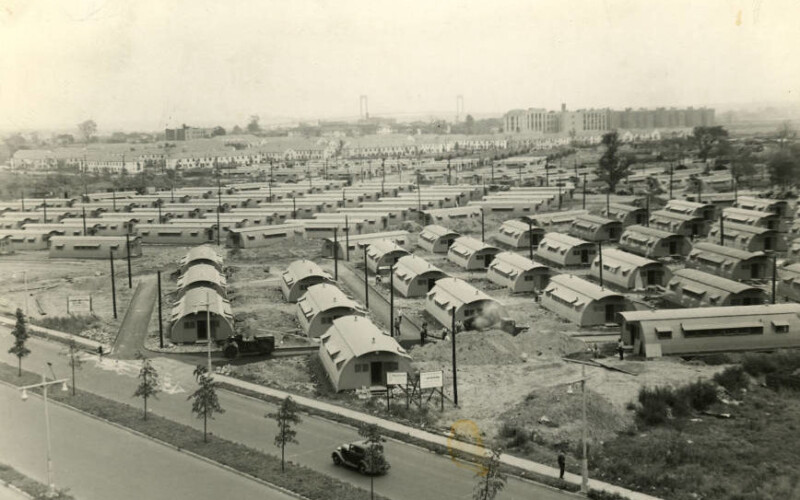
Take a deep dive into the history of New York City’s public markets, which have their origins in a vast food distribution system set up by Mayor Fiorello LaGuardia in …
Read more
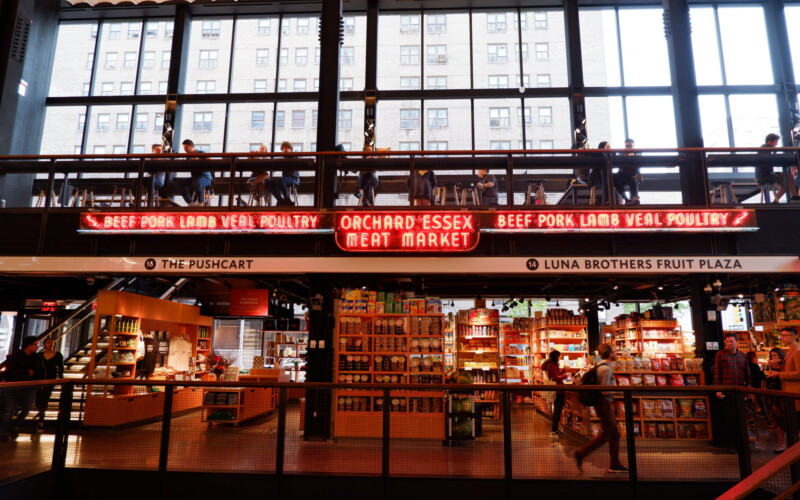
Take a deep dive into the history of New York City’s public markets, which have their origins in a vast food distribution system set up by Mayor Fiorello LaGuardia in …
Read more
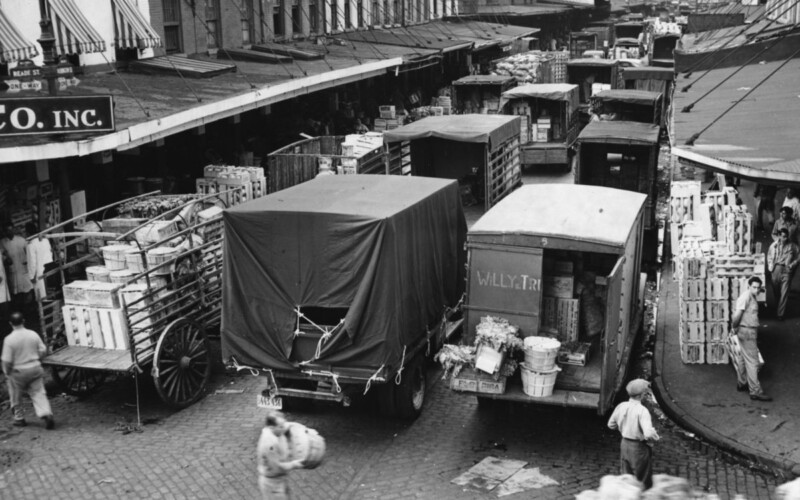
This weekend marks the end of an era, as the Essex Street Market will be moving from the building it has occupied since 1940 into a new facility across Delancey …
Read more
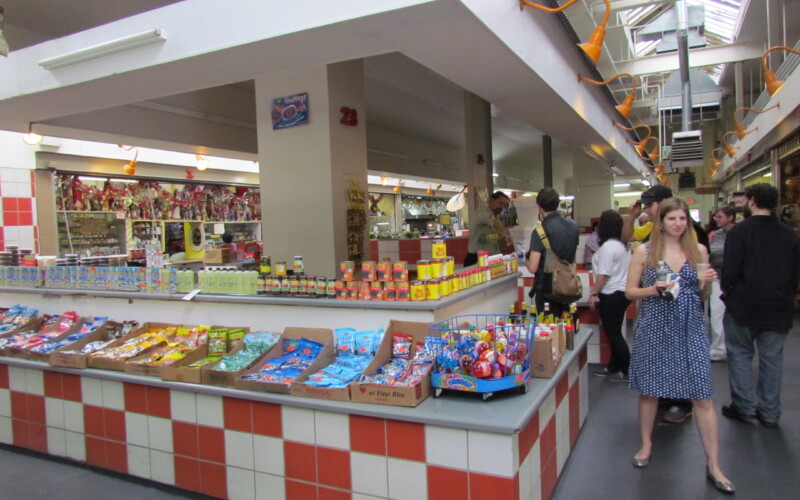
Whether you’re looking for salmon, tilapia, porgy, or mussels, fishmongers at the Essex Street Market have got you covered. Step inside the market today and you find two stalls selling …
Read more
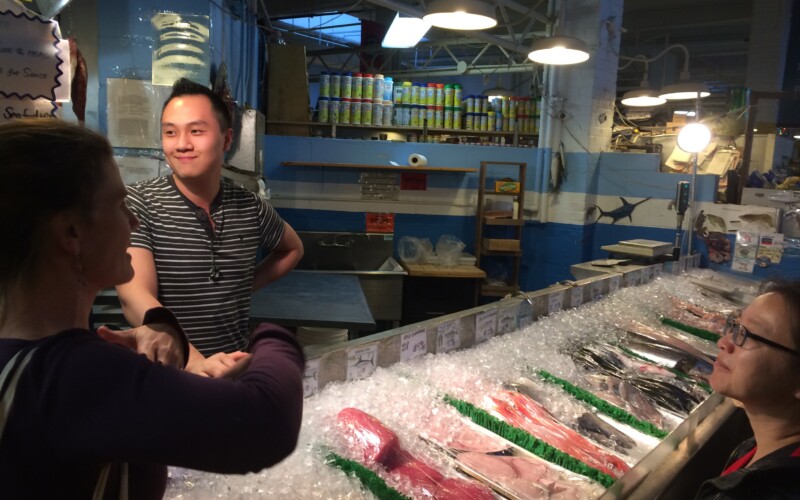
The Essex Street Market opened for business on the morning of January 9, 1940 in what the New York Times described as, “one of the shortest dedication ceremonies on record.” …
Read more

It’s that time of year again – we’ve had our first snow in New York City, Christmas music is playing in every shop and store, and Christmas tree stands line …
Read more
